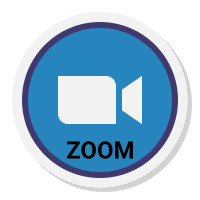This privacy policy discloses the privacy practices for MtShastaStargazers.com.
This privacy policy applies solely to information collected by this
web site. It will notify you of the following:
- What personally identifiable information is collected from you through
the web site, how it is used and with whom it may be shared.
- What choices are available to you regarding the use of your data.
- The security procedures in place to protect the misuse of your information.
- How you can correct any inaccuracies in the information.
Information Collection, Use, and Sharing
We are the sole owners of the information collected on this site. We
only have access to/collect information that you voluntarily give us
via email or other direct contact from you. We will not sell or rent
this information to anyone.
We will use your information to respond to you, regarding the reason
you contacted us. We will not share your information with any third
party outside of our organization, other than as necessary to fulfill
your request, e.g. to email you notice of a club meeting or star party.
Your Access to and Control Over Information
You may opt out of any future contacts from us at any time. You can
do the following at any time by contacting us via the email address
given on our website:
- See what data we have about you, if any.
- Change/correct any data we have about you.
- Have us delete any data we have about you.
- Express any concern you have about our use of your data.
Security
We take precautions to protect your information. When you submit sensitive
information via the website, your information is protected both online
and offline.
Cookies
We use "cookies" on this site. A cookie is a piece of data stored on
a site visitor's hard drive to help us improve your access to our site
and identify repeat visitors to our site. Cookies can also enable
us to track and target the interests of our users to enhance the experience
on our site. Usage of a cookie is in no way linked to any personally
identifiable information on our site.
Updates
Our Privacy Policy may change from time to time and all updates will
be posted on this page.
If you feel that we are not abiding by this privacy policy, you should
contact us immediately via email at Contact Mt Shasta Stargazers









